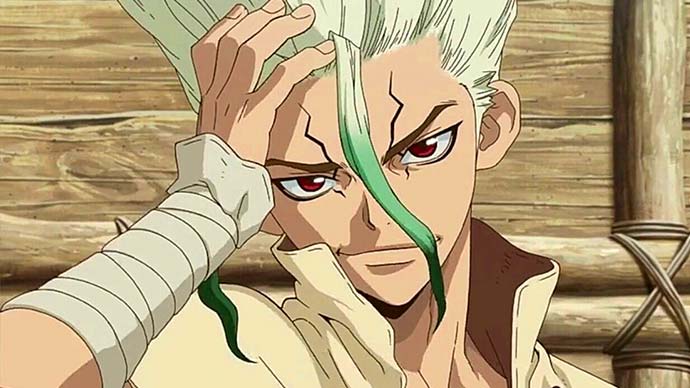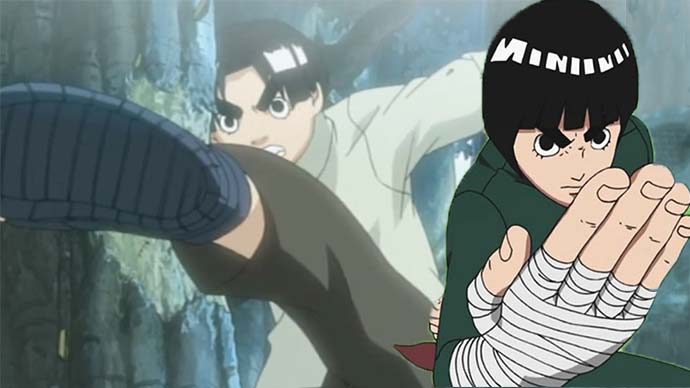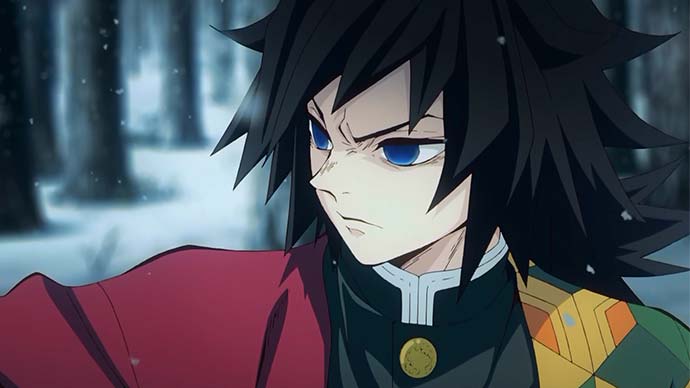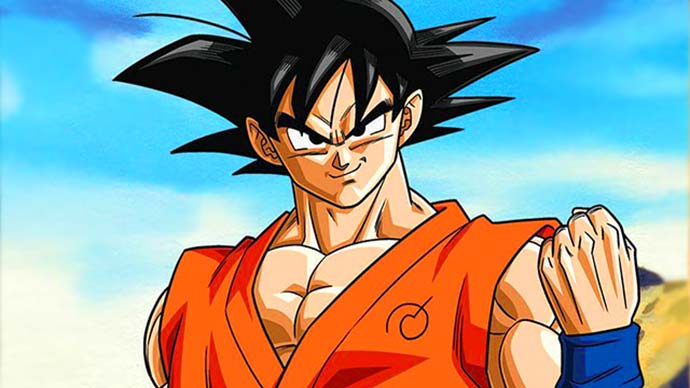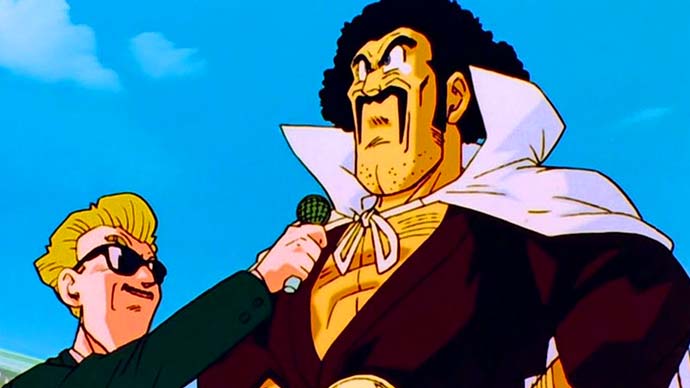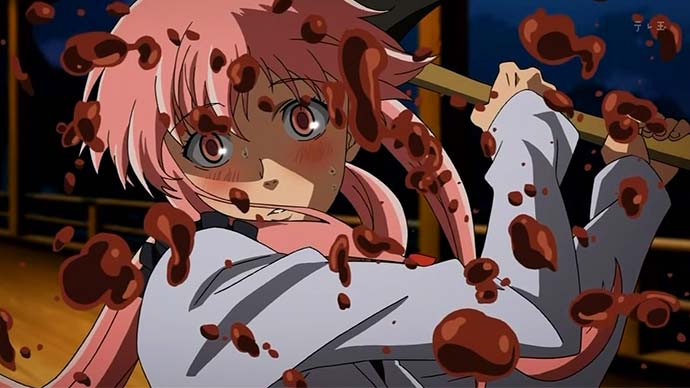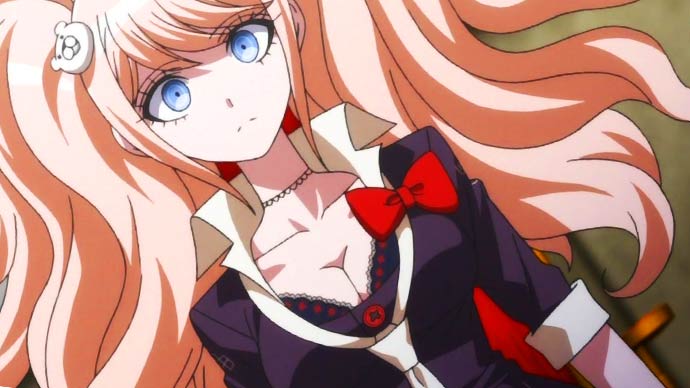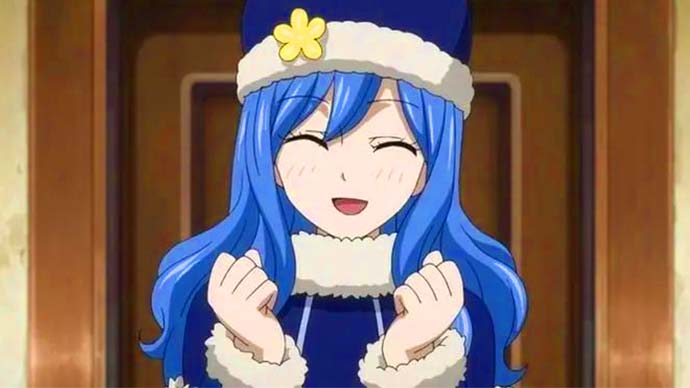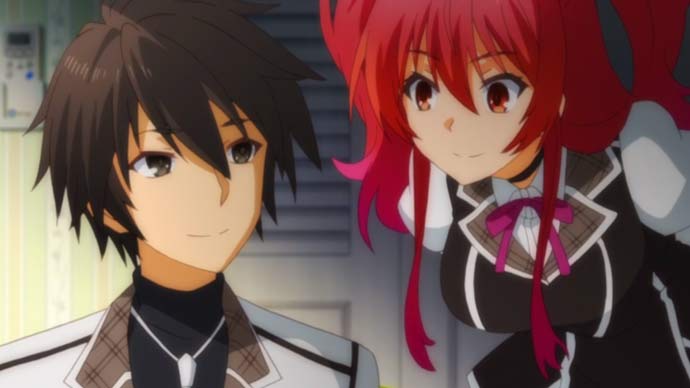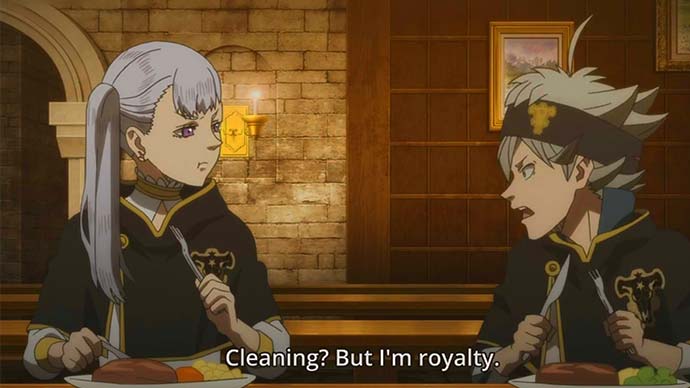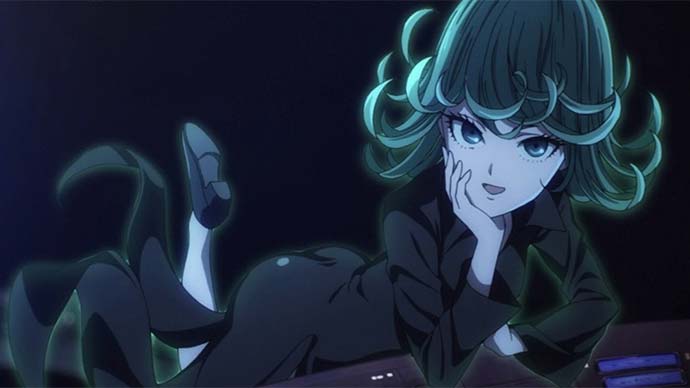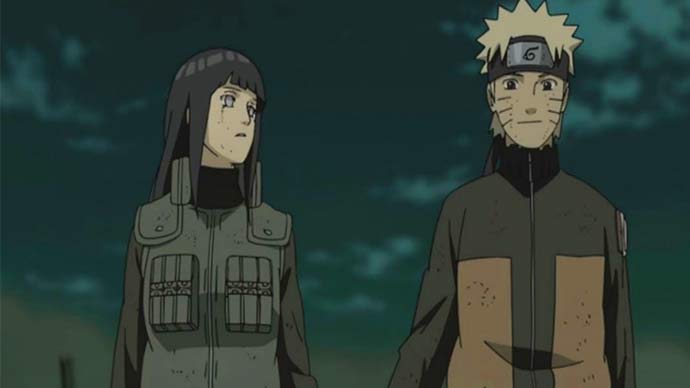Each character plays their own role and brings something different to an anime series. When numerous anime series have similar characters that play similar roles, an archetype forms. Archetypes exist in all kinds of media, but anime character archetypes can be quite unique compared to those you find in movies or TV shows. In anime, archetypes aren’t just about what role they play in the story—they can be about how they express themselves as people. Here are the most common anime character archetypes, what those archetypes entail, and notable examples of each.
12. The Genius
In most anime genres, there’s usually an impressive guy or girl who appears to be great at everything they do. They’re called geniuses because they’re often born with incredible levels of talent. These so-called geniuses can be the main character, a rival or sidekick, or even the villain that everyone is trying to take down. Some of the more popular anime geniuses include Shikamaru (Naruto), Yukio (Blue Exorcist), and Senku (Dr. Stone).
11. The Hardworking
When an anime has a genius character, it often has a foil character that acts as a contrast: the hardworking. The hardworking character is usually born with zero talent, zero abilities, and maybe even a flaw that makes life harder for them. But for all they lack, the hardworking character has an indomitable spirit to grow and improve through sheer effort. They chase dreams that seem impossible to reach, and that’s why hardworking characters are often fan favorites—they mirror most of us who struggle through real-life. Through hard work, perseverance, and dedication, they often become one of the best characters to grace the screen. Rock Lee and Might Guy from Naruto are the pinnacle examples of this archetype.
10. The Quiet and Mysterious
Most anime series feature a character that’s quiet, mysterious, and unwilling to talk to anyone—all of which makes them hard to approach. But just because they’re quiet doesn’t mean they’re useless. Some characters appear cold-hearted as they don’t talk with anyone, but others can be formidable allies, like Giyu Tomioka of Demon Slayer and Gordon Agrippa of Black Clover.
9. The No-Brains-All-Brawn
This archetype is prevalent in the shonen anime genre. It features someone—usually the main character or sidekick—who’s dumb and known to have a low IQ, but no one can stop him when it comes to battle. Goku (Dragon Ball Z) and Luffy (One Piece) are the most notable examples as they rely only on power and abilities during battles, and if they ever craft a plan to defeat opponents, it’s done using instinct, training, and experience rather than tactics or strategy.
8. The Lucky One
This one can be hard to spot, but there’s always someone who’s lucky in an anime series, whether they’re always surviving by sheer luck or coming in handy to save the main character(s). Sometimes, their luck becomes plot armor that keeps them alive so they can be useful in upcoming arcs. Satan from the Dragon Ball series was the luckiest character in the franchise, being the friend of Buu and surviving Cell’s slap to the face.
The -dere Archetypes in Anime
The so-called -dere archetypes define characters based on how they express their feelings for someone. Contrary to what’s been popularized by internet fandoms, the -dere archetypes aren’t limited to female characters! They can apply to male characters as well.
7. The Yandere
Yandere refers to a character who’s crazy in love with someone, with Yuno Gasai (Future Diary) being the best example. She only thinks of Yuki and will do anything for their survival. She’s cold and harsh towards anyone else, even to the point of killing without remorse. Most of the time, yandere characters are outwardly cute and normal, which deceives everyone as they hide their evilness until something comes to threaten their love interest. Their obsession is so strong that even their love interests can come to fear them.
6. The Sadodere
Sadodere refers to a character who exhibits sadomasochism towards someone who catches their interest (i.e. love interest), such that they only want them to suffer by their hands. That “suffering” can be light—like verbal bullying—or it can be over-the-top to the point that things get bloody and horrifying. Anime characters like Junko Enoshima (Danganronpa) and Eto Yoshimura (Tokyo Ghoul) are the best examples of sadodere.
5. The Mayadere
Mayadere refers to a character who’s villainous and brutal, but softens when they grow fond of someone or start taking a liking to a character who’s on the protagonist’s side. At some point, they usually switch sides and aid the protagonists in victory. Juvia Lockser is an example from Fairy Tail, who falls for Gray Fullbuster and joined the Guild to be with him.
4. The Tsundere
Tsundere refers to a character who appears tough on the outside and hides their true feelings toward their love interest, but secretly wants to receive affection from them—and when they do receive attention, the tables turn and their attitude turns soft. Stella Vermillion from the series Chivalry of a Failed Knight exhibits ruthless behavior towards Ikki Kurogane during the early parts of the story, but later reveals what she really feels.
3. The Himedere
Hime is Japanese for “princess,” so himedere refers to a character who wants to be treated like royalty. They’re usually high-class nobles who were raised in aristocratic society and want to be respected by everyone—even the ones whom they like or love. Noelle Silva from Black Clover was always arrogant about her being a royal, but she was eventually brought down by the Black Bulls Squad.
2. The Kamidere
Kamidere is an even strongest form of himedere, referring to a character who demands god-like levels of treatment and respect. These characters exhibit unprecedented levels of pride and think of themselves as gods worthy of praise for their talents and abilities. Kamen Amai Mask and Tatsumaki from One Punch Man fall under this archetype, with their attitudes showing that they sit over everything.
1. The Dandere
Dandere refers to a character who’s content watching the person they like from a distance. They’re usually shy and seldom start conversations with anyone, let alone their love interests. The best example of this archetype is Hinata Hyuga (Naruto), who watches Naruto from a distance without revealing her feelings for him. Read next: The Best Anime Couples and Romantic Relationships, Ranked
